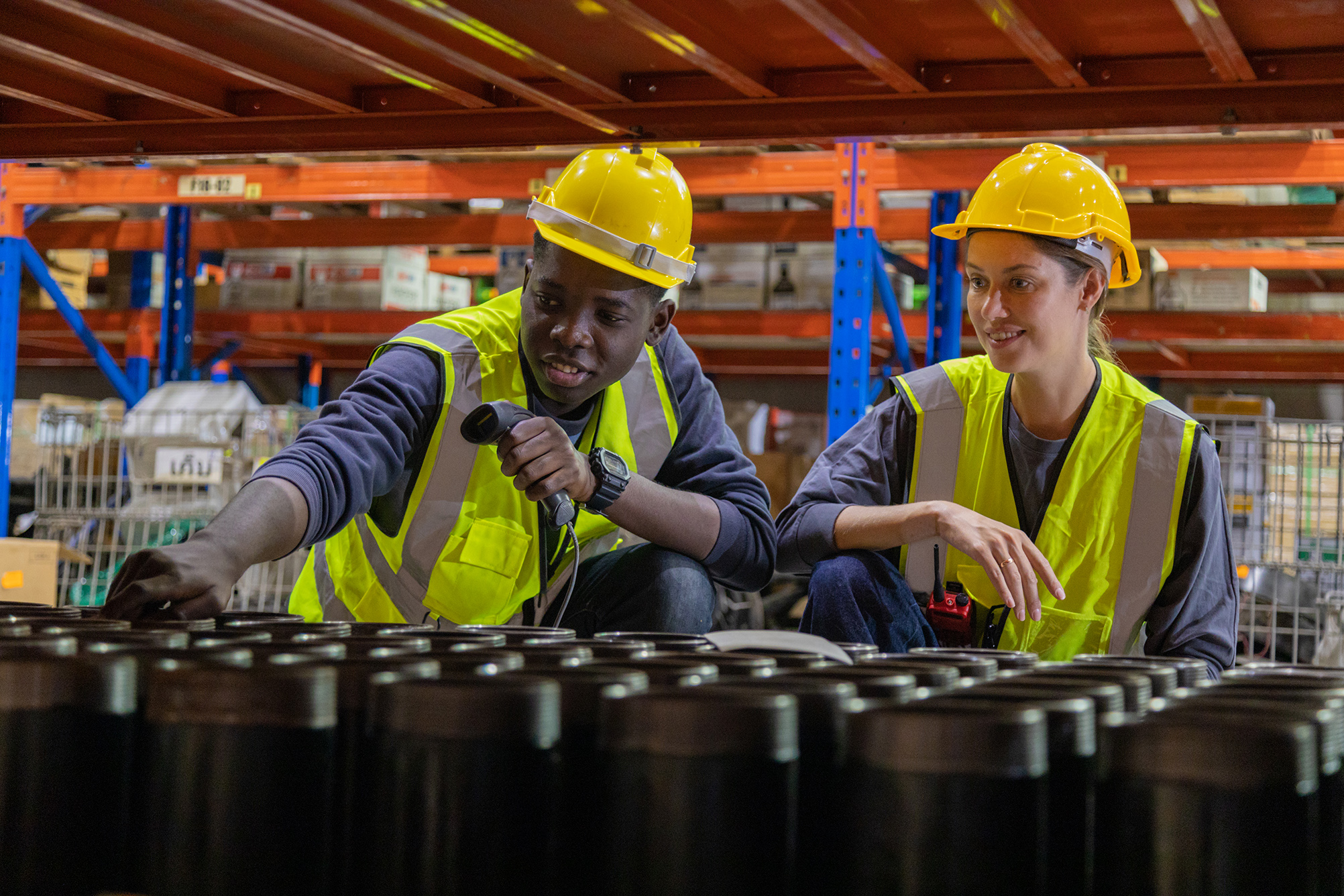
Battery recycling methods comparison is essential as lithium-ion (Li-ion) battery waste grows with EV and electronics demand. Traditional approaches like pyrometallurgy and hydrometallurgy are established but energy-intensive, while advanced green methods such as direct recycling and bioleaching offer eco-friendly alternatives. This analysis contrasts pyrometallurgy vs hydrometallurgy and direct recycling batteries, highlighting efficiency, environmental impact, and future potential for sustainable practices.
Overview of Traditional Recycling Methods
Traditional methods focus on breaking down batteries to recover metals, often at high cost to the environment. Pyrometallurgy involves smelting at temperatures over 1000°C, reducing materials to alloys for further processing. It handles mixed chemistries well but loses lithium to slag and emits high GHGs.
Hydrometallurgy uses acid leaching to dissolve metals, followed by precipitation. It achieves high purity but generates wastewater and requires energy for heating. Both methods involve pretreatment like dismantling and shredding to produce black mass.
These approaches recover 90-95% of Co and Ni but only 50-80% Li, with high operational costs. Environmental drawbacks include air pollution from pyrometallurgy and chemical waste from hydrometallurgy.
Pyrometallurgy in Detail
Pyrometallurgy smelts black mass with fluxes, forming Co-Ni-Cu alloys. Slag contains Li and Al, requiring additional steps for recovery. Advantages: robust for contaminants, scalable. Disadvantages: energy use (up to 10 GJ/ton), no graphite recovery, high emissions.
Hydrometallurgy in Detail
Hydrometallurgy leaches with sulfuric acid, purifying via solvent extraction. It recovers Li as carbonate but uses harsh chemicals. Advantages: high selectivity, lower temperature (60-90°C). Disadvantages: wastewater treatment needed, slower process.
Advanced Green Recycling Methods
Advanced methods emphasize sustainability, reducing energy and waste. Direct recycling preserves cathode structures, relithiating materials for reuse. Bioleaching uses microbes for metal extraction at ambient conditions.
These achieve "3L" criteria: less energy, emissions, cost. Direct methods recover 95-99% materials with minimal processing, while bioleaching cuts energy by 80%.
Direct Recycling Explained
Direct recycling separates cathodes, removes binders, and relithiates via hydrothermal or solid-state methods. It retains morphology, enabling infinite loops. Advantages: low energy (50-70% less), no emissions, high value retention. Disadvantages: chemistry-specific, requires sorting.
Progress in direct recycling shows suitability for LFP and NMC, with pilots achieving battery-grade purity.
Bioleaching and Other Green Innovations
Bioleaching employs bacteria like Acidithiobacillus to leach metals, producing bio-sulfuric acid. It operates at room temperature, recovering 90% Co/Li. Advantages: low cost, no toxic gases. Disadvantages: slower (days vs. hours), scaling challenges.
Other innovations include mild organic acid leaching and DES solvometallurgy, reducing environmental footprint.
Comparing Efficiency and Recovery Rates
Traditional methods recover 80-95% valuables but lose volatiles. Pyrometallurgy suits bulk but wastes Li; hydrometallurgy offers better Li recovery but more steps.
Advanced green methods excel in efficiency. Direct recycling recovers 98% with minimal loss, bioleaching 85-95% with natural reagents. Green scores favor advanced: direct (high), bio (highest for eco).
Cost comparison: pyrometallurgy $5-10/kg, hydrometallurgy $3-8/kg, direct $1-4/kg, bio $2-5/kg. Recovery for emerging chemistries like LFP favors green methods.
Performance Metrics
LCA shows traditional methods emit 10-20 kg CO2/kg battery, advanced 2-5 kg. Water use: traditional 100-200 L/kg, green 20-50 L/kg.
Environmental Impact Assessment
Traditional methods contribute to climate change via fossil fuels in pyrometallurgy and chemical pollution in hydrometallurgy. They require extensive pretreatment, generating hazardous waste.
Advanced methods minimize impact. Direct recycling avoids smelting, cutting GHGs 70%. Bioleaching uses renewable microbes, producing biodegradable waste.
Green score analysis ranks direct highest for low waste, bio for minimal consumption.
Overall, green methods align with circular economy, reducing mining needs and habitat destruction.
Sustainability Benefits
Advanced approaches support SDGs, with lower 3L impacts. They enable second-life integration, extending battery utility.
Cost and Economic Viability
Traditional methods have high capex for furnaces/leach plants, but economies of scale. Pyrometallurgy viable for large volumes, hydrometallurgy for purity-focused operations.
Advanced methods lower opex via energy savings. Direct recycling cuts costs 50%, bioleaching uses cheap biology. ROI faster for green due to regulations favoring low-carbon.
Market trends show shift: investments in direct tech double annually. Economic models predict green methods dominant by 2030.
Economic Factors
Metal prices influence viability; green methods hedge against volatility by high recovery.
Challenges and Limitations
Traditional: scalability for EVs limited by emissions regs. Advanced: sorting needs for direct, slow bio processes.
Common issues: varying chemistries, collection inefficiencies. Solutions: hybrid systems, AI sorting.
Advances review suggests R&D for universal green methods.
Overcoming Barriers
Policy incentives and partnerships accelerate adoption.
Case Studies and Applications
Pyrometallurgy at Umicore recovers alloys efficiently. Hydrometallurgy at Li-Cycle processes black mass with high purity.
Direct recycling pilots by Redwood recover cathodes for EVs. Bioleaching in China handles LFP waste sustainably.
Comparisons show green methods outperform in LCA for NMC/LFP.
Real-World Insights
Brazilian scenarios highlight green potential in emerging markets.
Future Outlook
Green methods will prevail, with direct/bio hybrids standard. By 2030, 70% recycling green-driven.
Innovations like mild leaching meet 3L criteria, supporting global sustainability.
Conclusion
Battery recycling methods comparison reveals advanced green approaches superior in efficiency, impact, and cost over traditional. Embracing pyrometallurgy vs hydrometallurgy and direct recycling batteries ensures a sustainable future for Li-ion tech.

.jpg)
.png)
.png)
.svg)